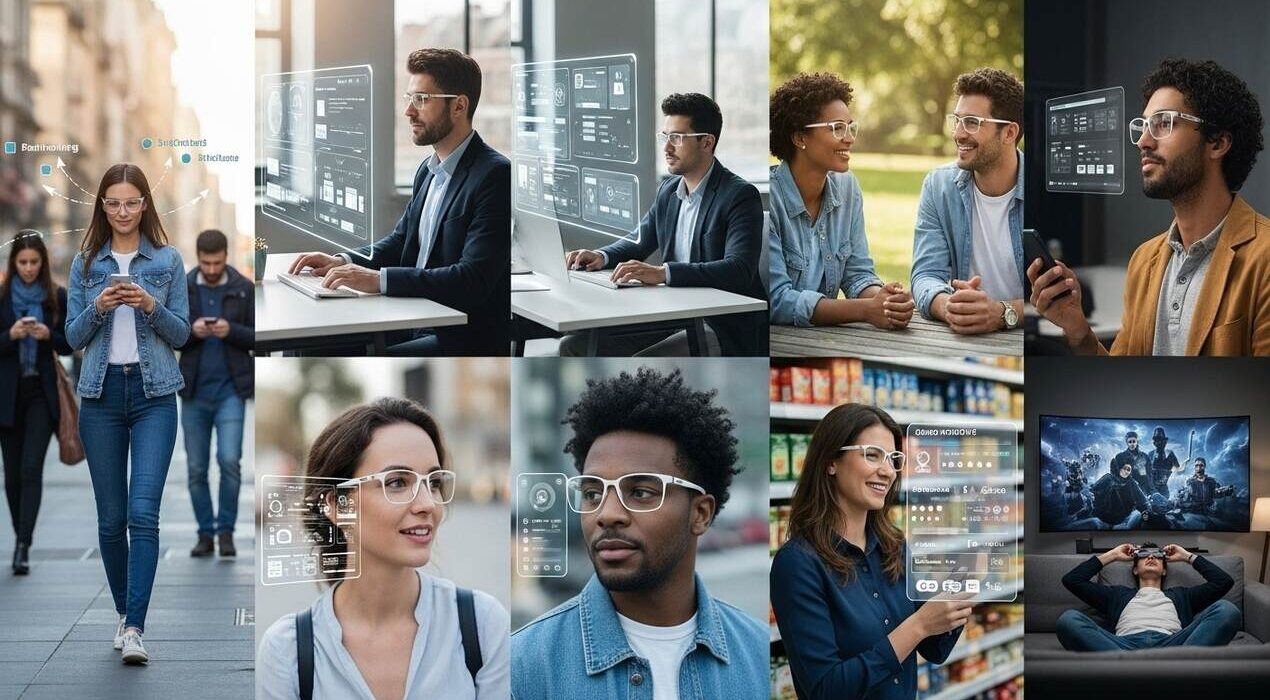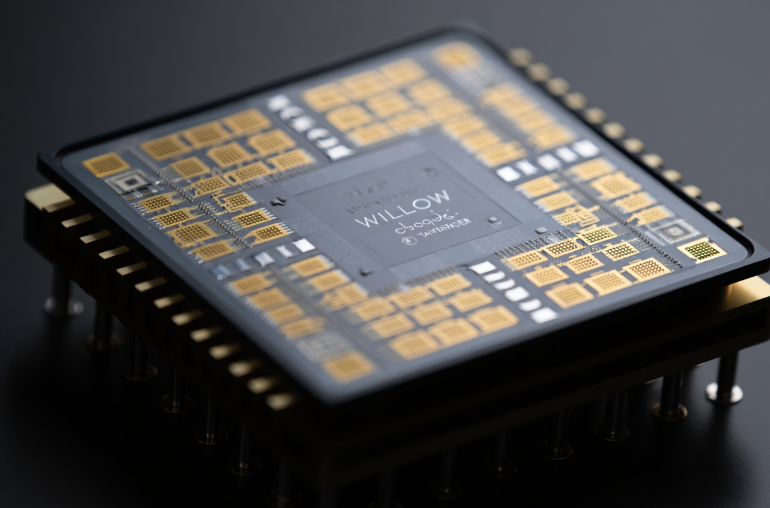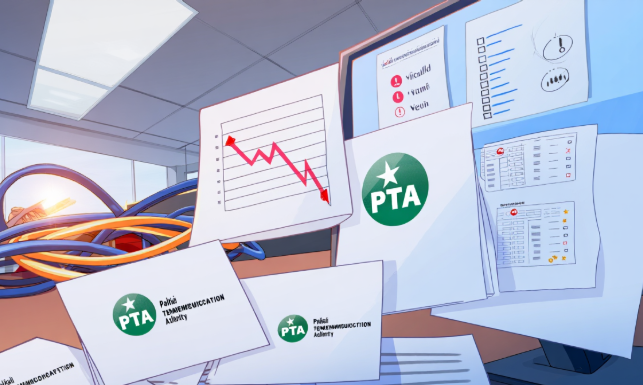Mark Zuckerberg believes smart glasses could one day replace smartphones. He sees them as a more natural and immersive way to connect with technology. Instead of looking down at a screen, people would see digital information directly in their field of vision.
Smart glasses could project messages, directions, or calls right in front of the user. This would allow quick digital interactions without breaking focus from the real world. As a result, people could stay present while still connected.
Technology Designed for Human Connection
Unlike smartphones, smart glasses keep users engaged in face-to-face conversations. They integrate augmented reality, real-time translation, and social apps. For example, someone could talk to a friend in another language and see instant translations. In addition, workers could access digital tools without leaving their tasks.
This shift could transform daily communication, entertainment, and even professional collaboration. By blending the digital and physical worlds, smart glasses aim to support human presence, not replace it.
The Future of Human-Computer Interaction
If adopted widely, smart glasses may redefine how society uses technology. Instead of handheld screens, people could experience seamless, wearable, and ambient digital connections.
Zuckerberg’s vision is not only about convenience. It also points to the next stage of human-computer interaction. Technology will no longer pull people away from reality—it will enhance it.
This innovation could open doors to new ways of learning, working, and engaging with the world. The future, according to Zuckerberg, is not in your pocket but right before your eyes.






